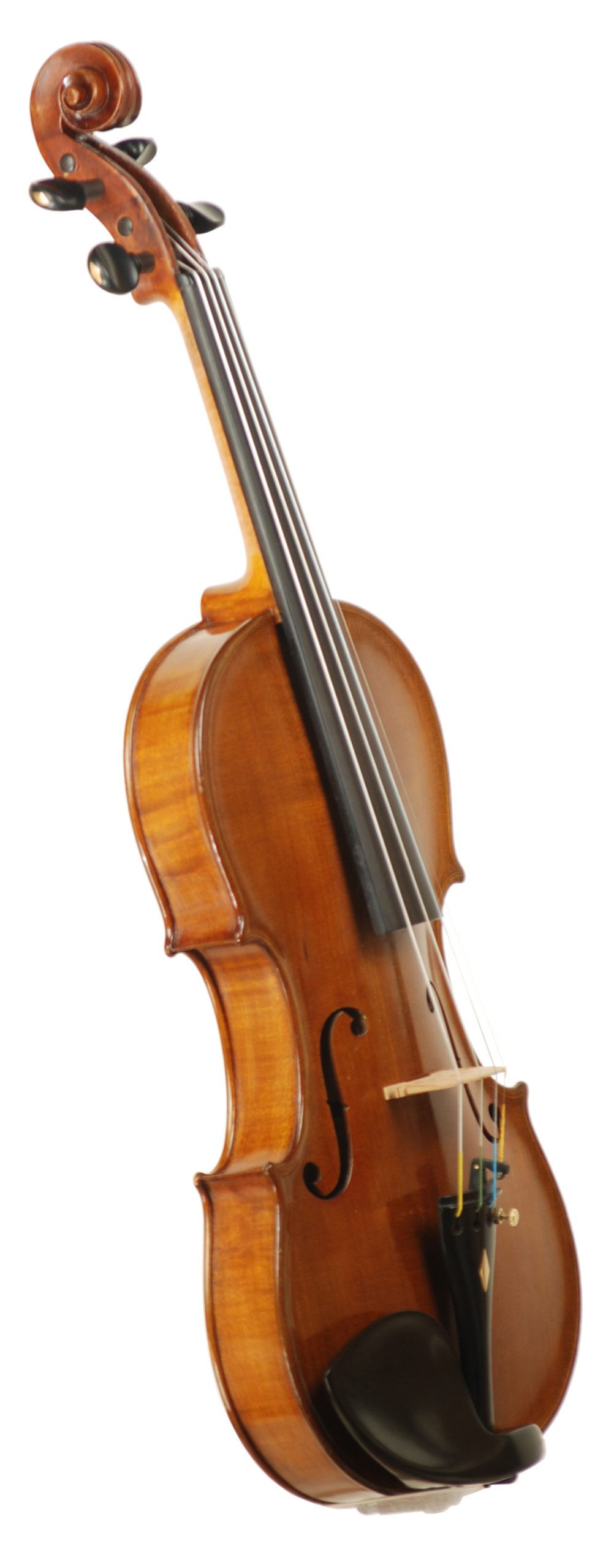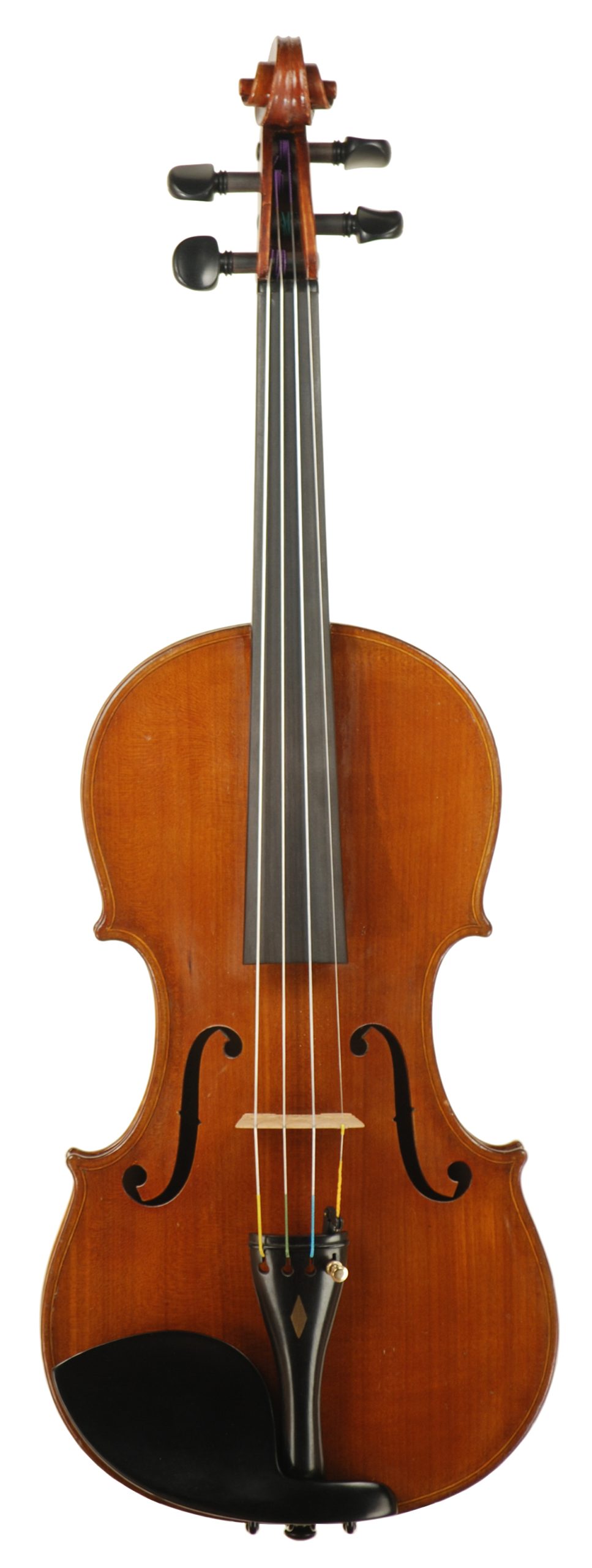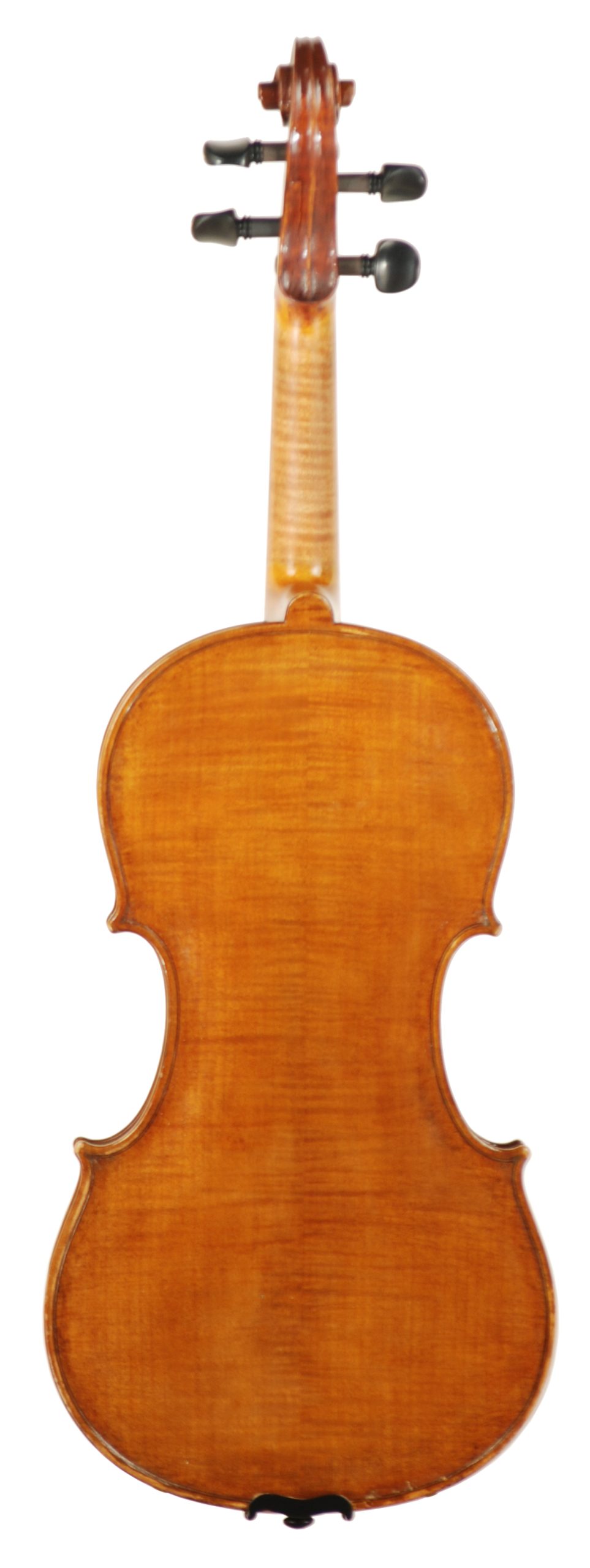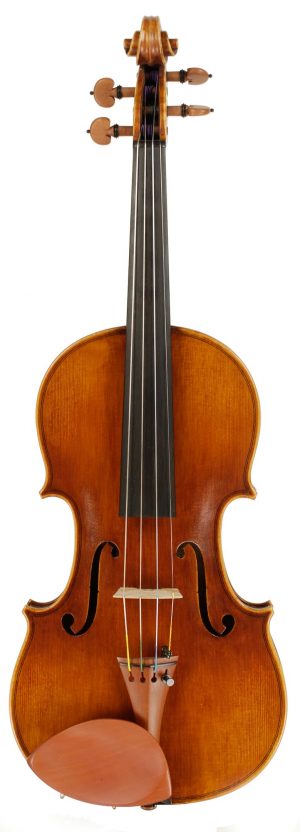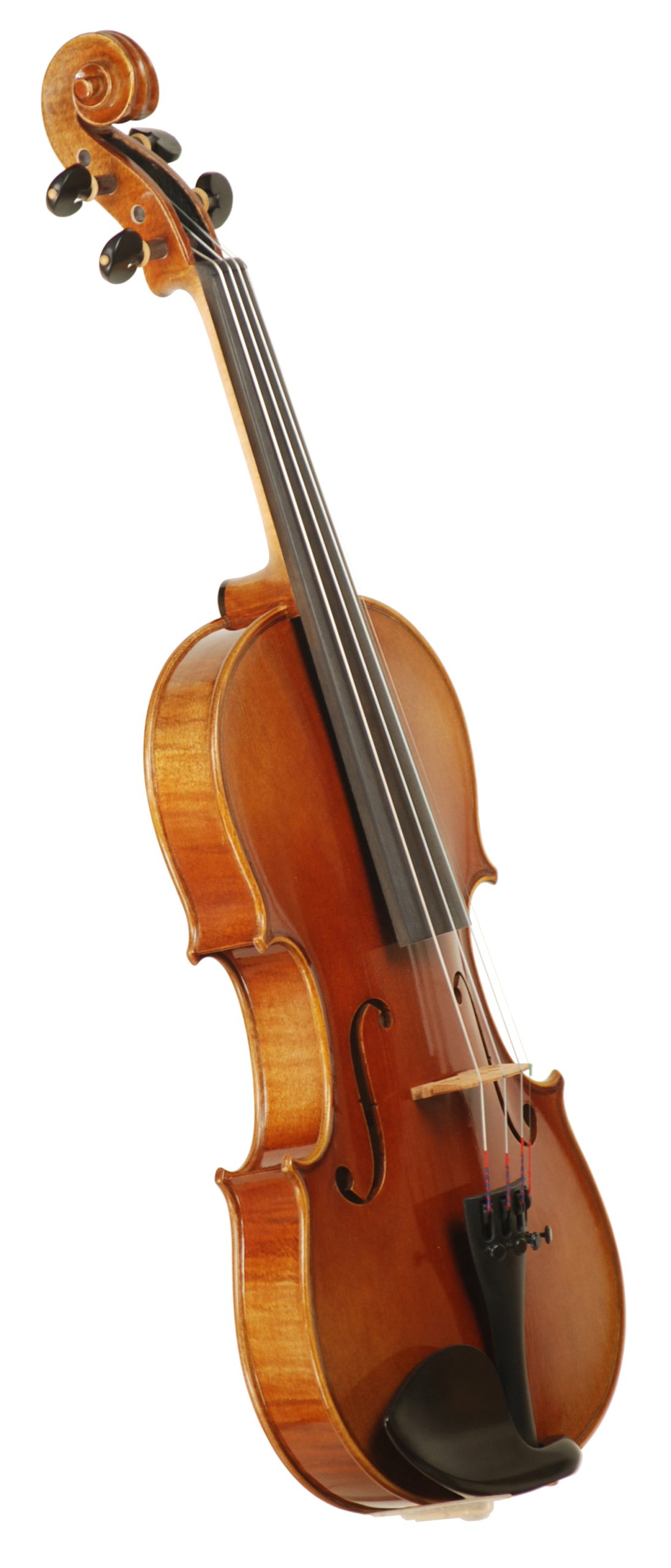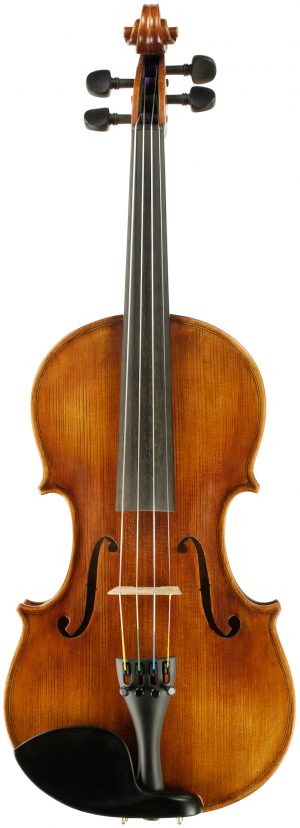Job Ardern, Wimslow, Cheshire, England Mid-to-Late 19th Century Violin
$6,000.00
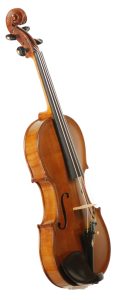
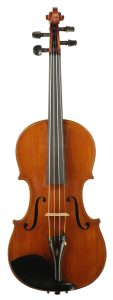
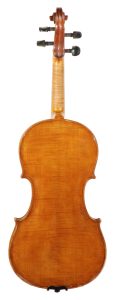
click picture to enlarge
Label:
Made by JOB ARDERN
(b. 1826 d. 1912),
WIMSLOW, CHESHIRE
The village of Wimslow in Cheshire, England was an important center for the Arts and Crafts Movement during the 19th and early 20th centuries, which is evident in Job Ardern’s approach to violin making in the 1800’s. Job Ardern (1826-1912) made instruments as a hobby but turned out to be a very good maker. As a younger man he was trained as a carpenter and during his lifetime kept his violin work hidden from public view, selling very little of what he produced. He was a craftsman that deeply loved making violins and he was reluctant to part with almost a single specimen. He took pleasure in seeing his creations accumulate around him on the shelves of his workshop, around the walls of his parlor, and they were even found hanging from the rafters in his attic. Ardern was independently wealthy and did not have to work to earn a living. Upon his death in 1912, nearly all his instruments were acquired by Hill & Sons of London who saw the craftsmanship of this reclusive maker and went over each of almost 500 handmade instruments Ardern made. The Hill firm produced paper labels for the instruments and then they were sold off by the London firm, many to Canada and New Zealand. Our Ardern violin is also branded two places inside the violin: on the neck block, and the end block with the name “J. Ardern.” I believe our instrument was made between 1875-1895 as an educated guess based on a number branded on the fingerboard. The fingerboard has Job’s A 197 stamped on the wide side of the fingerboard. The fingerboard has never been changed! Wow. The violin had restorative work on the scroll area long before we acquired the instrument. We went over the entire violin and bushed four holes before carving a new set of pegs. The scroll and peg system is strong and solid. The instrument is in good condition and in a general sense has “Amati-ish” but slightly longer style (f) holes, large upper and lower bouts. The violin modeling is definitely his own style; his wood choice for this instrument is beautiful and the violin has a golden brown with reddish/orange tinged varnish.
• Corpus 355.0 mm.
• Major Width 205.5 mm.
• Minor Width 168.5 mm.
• Rib Height 29.5 mm.
The responsiveness of this violin is fantastic. The bottom of the violin is deep and lush – almost penetrating in sound with sophistication. I am taken aback by the sound. Yes, “Fantastic”! The instrument is bold with power but is very classy. The treble side is brilliant with just enough depth and power. The colors of the violin sound are beautiful. This is an English knockout because of the sound, it’s 140 year age, and for me, its history.
